

William Stopford
Every car discontinued in Australia in 2025
7 Hours Ago

Senior Road Tester
Hyundai spent more than three years brainstorming the design of its new Ioniq 6 to make it as slippery through the air as possible – drawing inspiration from forgotten 1940s concept cars, planes, trains, high-speed racers, and even a bird.
At least that’s according to Head of Hyundai Styling Simon Loasby, the man responsible for Hyundai’s all-new and futuristically-styled Ioniq 6 – due to join its boxier Ioniq 5 sibling in Australia early next year.
“It’s not a sedan or a four-door coupe, it’s a ‘streamliner’. A new typology, because we deliberately wanted to create that uniqueness and emotional appeal,” Mr Loasby claimed, when we interviewed him this week.
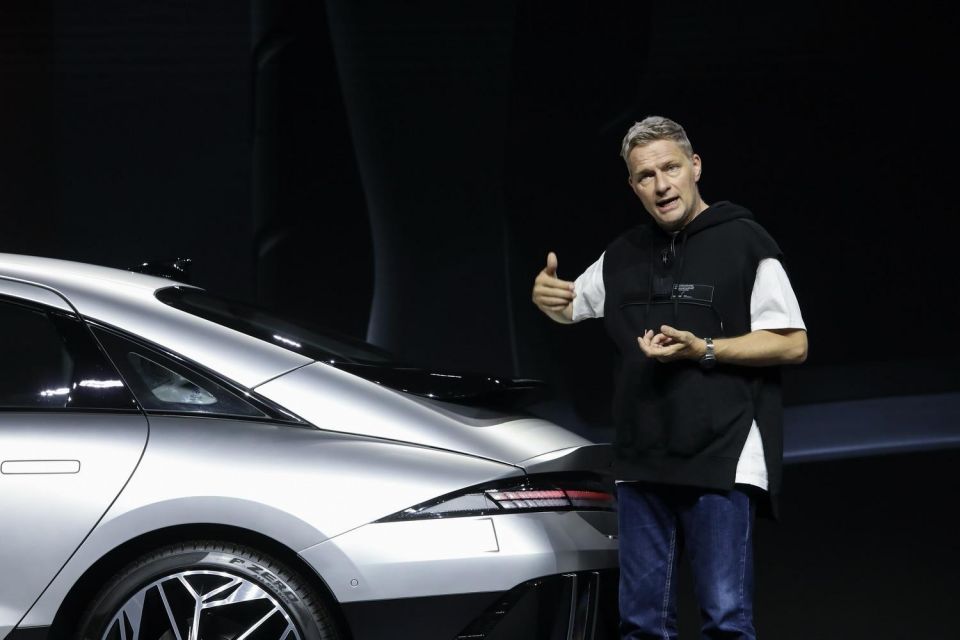
“Of course, there are other EVs out there, but there’s nothing like this at the moment in this more affordable category of battery electric vehicles, which makes it properly unique in the current marketplace,” he contended.
The Ioniq 6, officially revealed to the world’s press today in Busan, South Korea, is the second fully-electric EV Hyundai has released after launching its game-changing Ioniq 5 crossover in 2021.
Said to be inspired by anything from the aerodynamically-shaped Stout Scarab prototype people mover, to the six-metre long Phantom Corsair and 1949 Saab UrSaab when Saab AG was solely an aircraft manufacturer, Loasby told CarExpert there were also a few other things that influenced the silhouette.
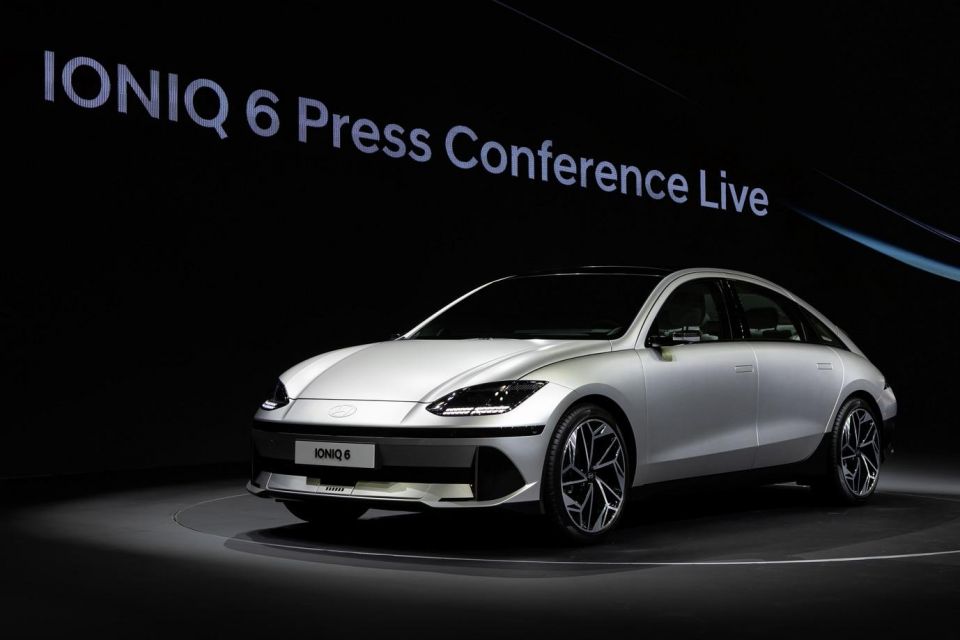
“Actually, John Tjaarda designed the Stout Scarab, and his son Tom who designed cars like the Ferrari 365 California, De Tomaso Pantera and Aston Martin Lagonda Coupe, was the guy who made me aware of the Scarab, which was an early example of what we mean by ‘streamliner’, and what got us thinking about that design direction,” he said.
“Then we looked at other great auto examples of total aerodynamic efficiency in design like the Porsche 911, which was all about streamlining from the earliest iterations.
“We were inspired by anything streamlined. Take a Peregrine Falcon. Look at the shape of a Peregrine Falcon when it’s in a high-speed dive, up to 389km/h is the top recorded speed of that bird, and if you look at the shape and the curvature of the bird, we’re effectively learning from nature.
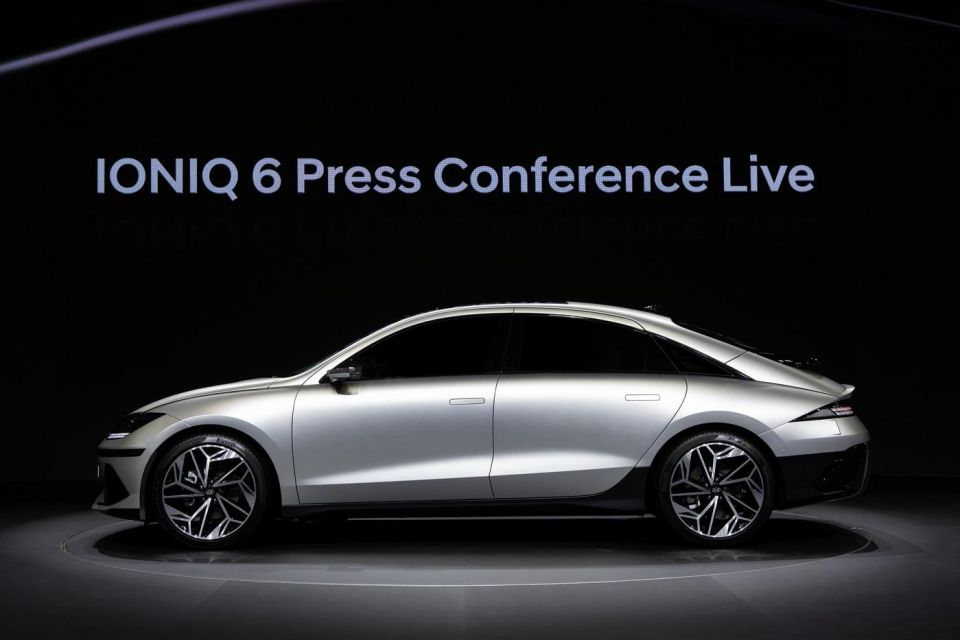
“But we didn’t stop there, we went through 38 months of brainstorming with our creative teams around the globe looking at train design, plane design, speed record car design as well as streamliner designs which would help us realise the best possible functional efficiency and aesthetic efficiency for the car.”
That brief was the creative instrument that produced the precursor to Ioniq 6, called the Prophecy Concept, which looks similar to the prototype production series version revealed here in Busan.
There’s a whole suite of aerodynamic instruments at play for the Ioniq 6 from the low nose, active front air flaps, wheel gap reducers and super-slim digital camera-based side mirrors that count towards the car’s class-leading efficiency.
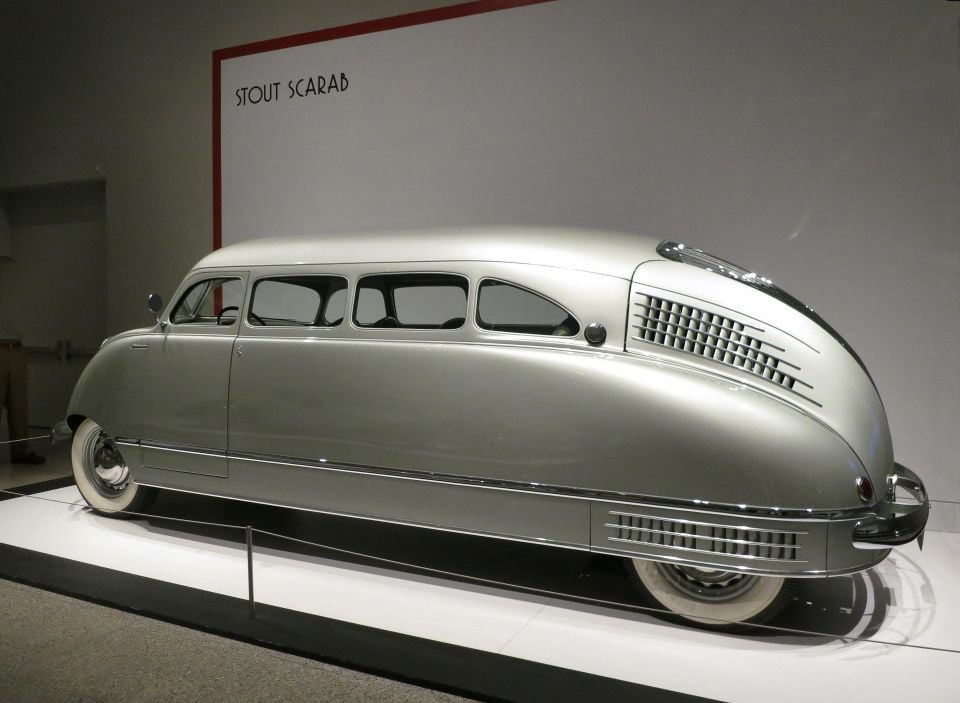
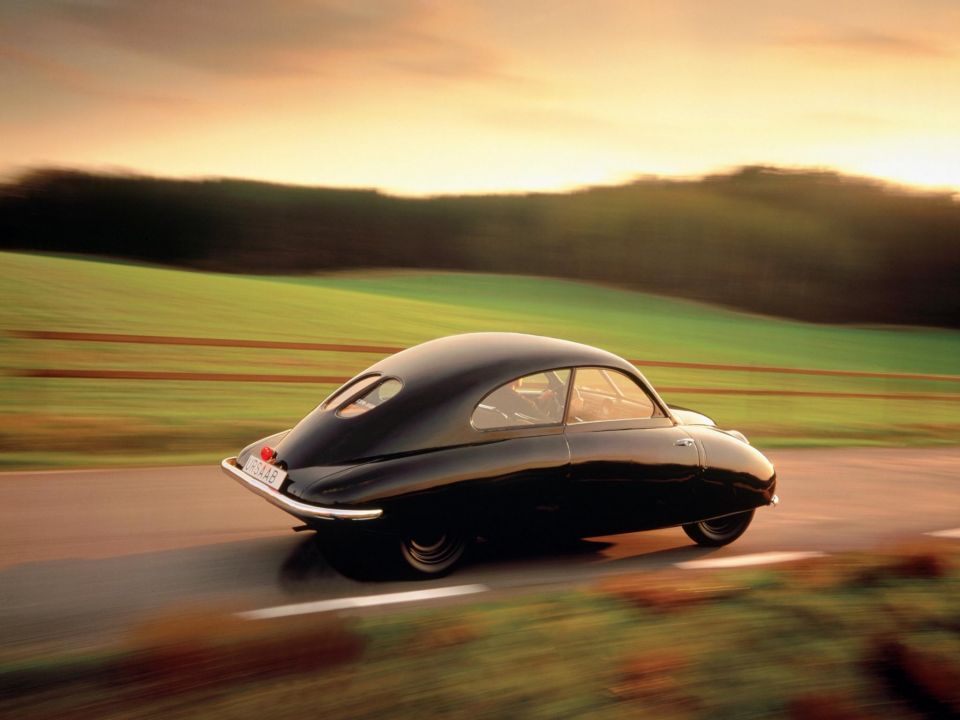
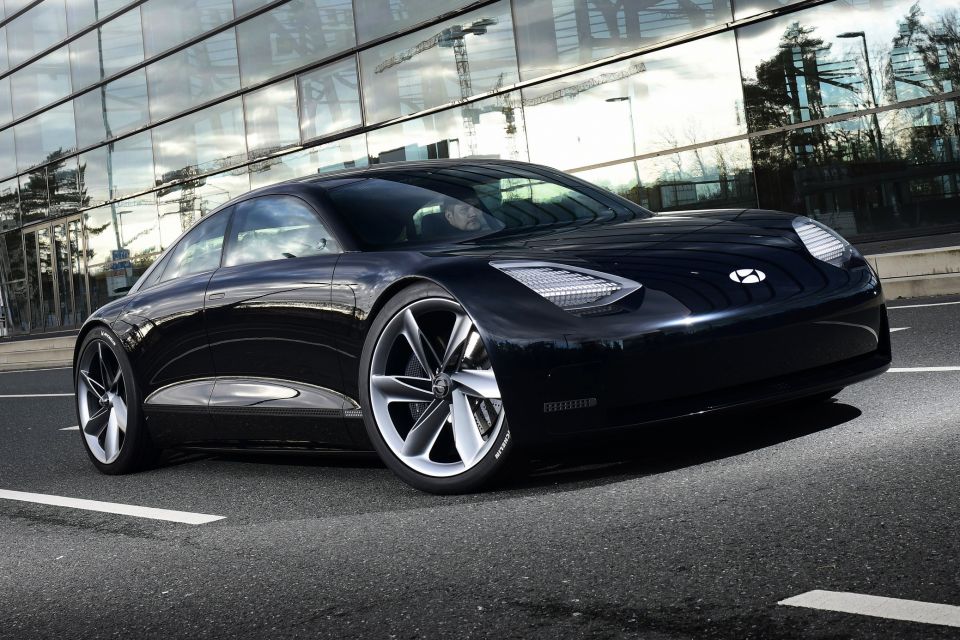
Other factors like the rear winglet, boat tail, specialised bumper separation traps and flat underbody combine to create a remarkable drag coefficient of just 0.21.
To put that into perspective, rivals like the super-selling Tesla Model 3 rates at 0.23, and it’s only the high-end Mercedes-Benz EQS that’s slipperier than the Hyundai with a 0.20Cd.
Measuring 4855mm in length and 1880mm wide, Ioniq 6 offers passengers more than generous space in the cabin, but given the marketing blurb talks about a, “cocoon-like personal space and a spacious interior,” you might be wondering why it’s not a hatchback or liftback like other makes and models with four-door coupe-like designs.
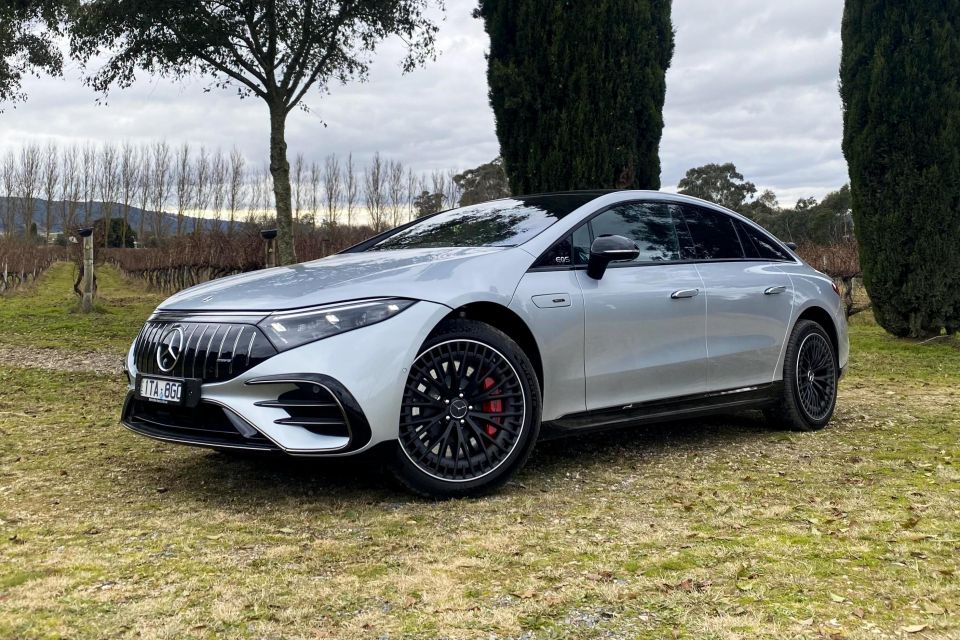
“It’s a good question, which we took a good hard look at”, said Mr Loasby.
“But, when we put the hinges in the rear of the roof, we found we were losing so much headroom and we simply didn’t want to compromise on that, so it’s a balance between the elements of the streamliner shape and interior space.
“If we went any higher in the roofline, we can’t detach the flow in the right place to give us the range through aerodynamics. We had to prioritise the Streamliner shape and drag coefficient ahead of going in any other direction.
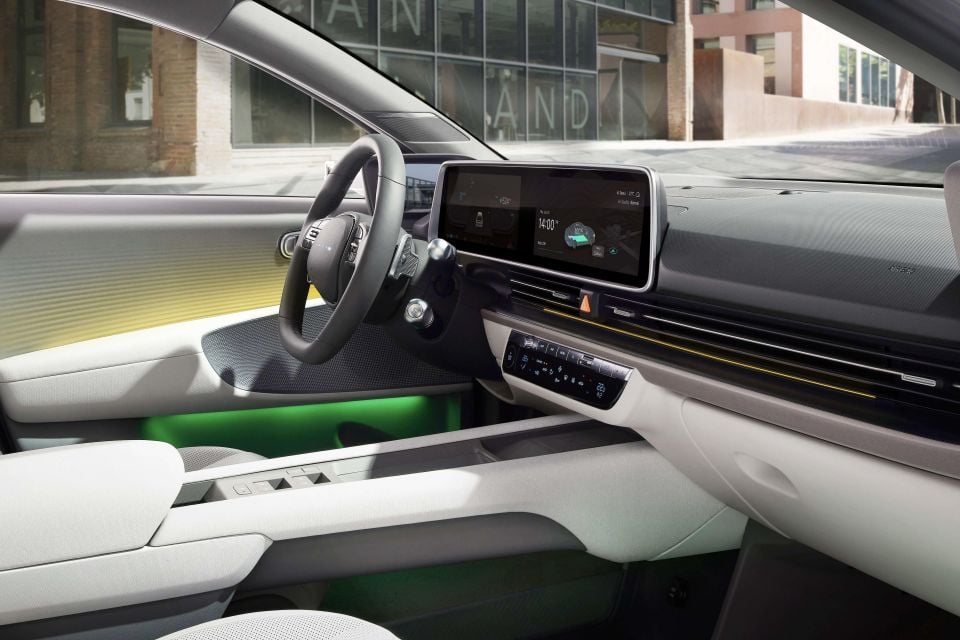
“Every step we took with Ioniq 6 was a challenge for us, the designers, and the engineering team. Take the seats. They’re 30 per cent slimmer all round – that’s from the seat and seat back to give more personal space to each passenger.”
Even with the designer’s rigid adherence to space and low-slung silhouette, rear-seat headroom is good. Anyone up to 193cm tall has enough space to be comfortable, while rear legroom is limo-like for those around 178cm tall (tried and tested).
“Not only have we sculptured out the door cards to give shoulder and elbow room for passengers in both seat rows, we’ve also removed all the switches from the doors so that there’s nothing there that might impede space and comfort,” Mr Loasby added.
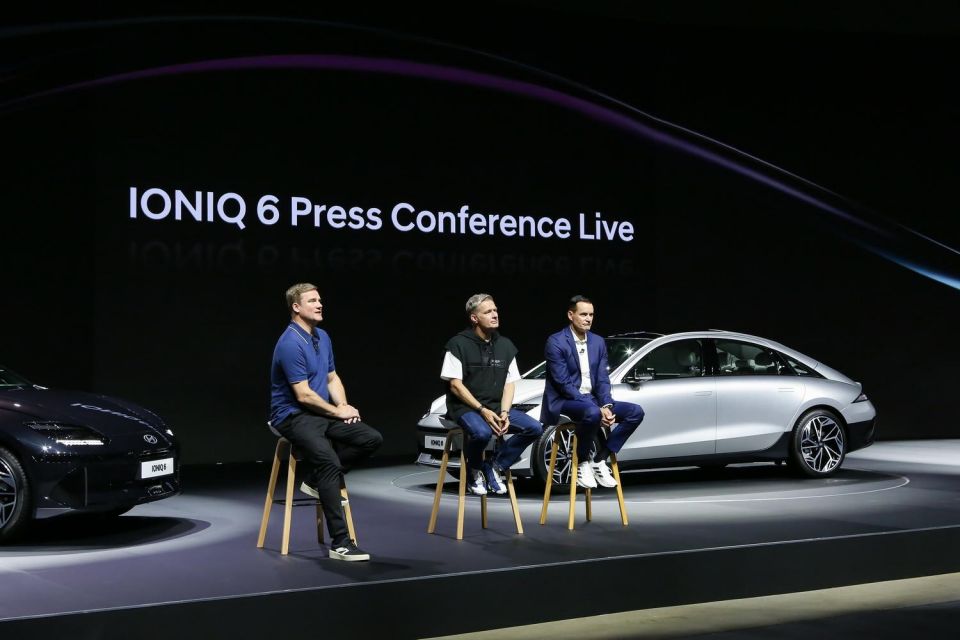
“And, as well as the three-dimensional surface on the doors that fades out, the ambient illumination actually projects downwards so you can see what’s in the door pockets at night.”
MORE: 2023 Hyundai Ioniq 6 EV detailed, launch timing confirmed MORE: Design Exposé on the Hyundai Ioniq 6
Where expert car reviews meet expert car buying – CarExpert gives you trusted advice, personalised service and real savings on your next new car.
Anthony Crawford is a CarExpert co-founder and senior presenter with 20+years in automotive journalism and content creation.


William Stopford
7 Hours Ago


CarExpert.com.au
3 Days Ago


Damion Smy
5 Days Ago


Damion Smy
8 Days Ago
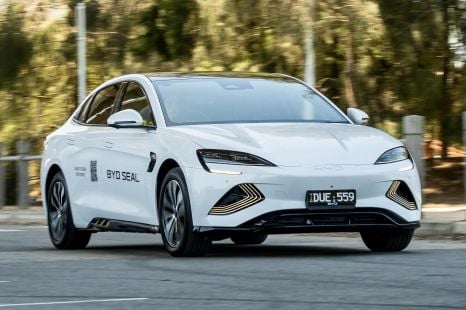

Max Davies
13 Days Ago
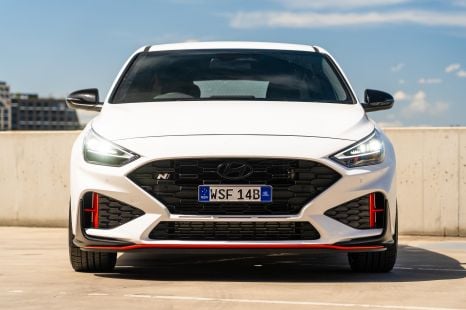

William Stopford
19 Days Ago